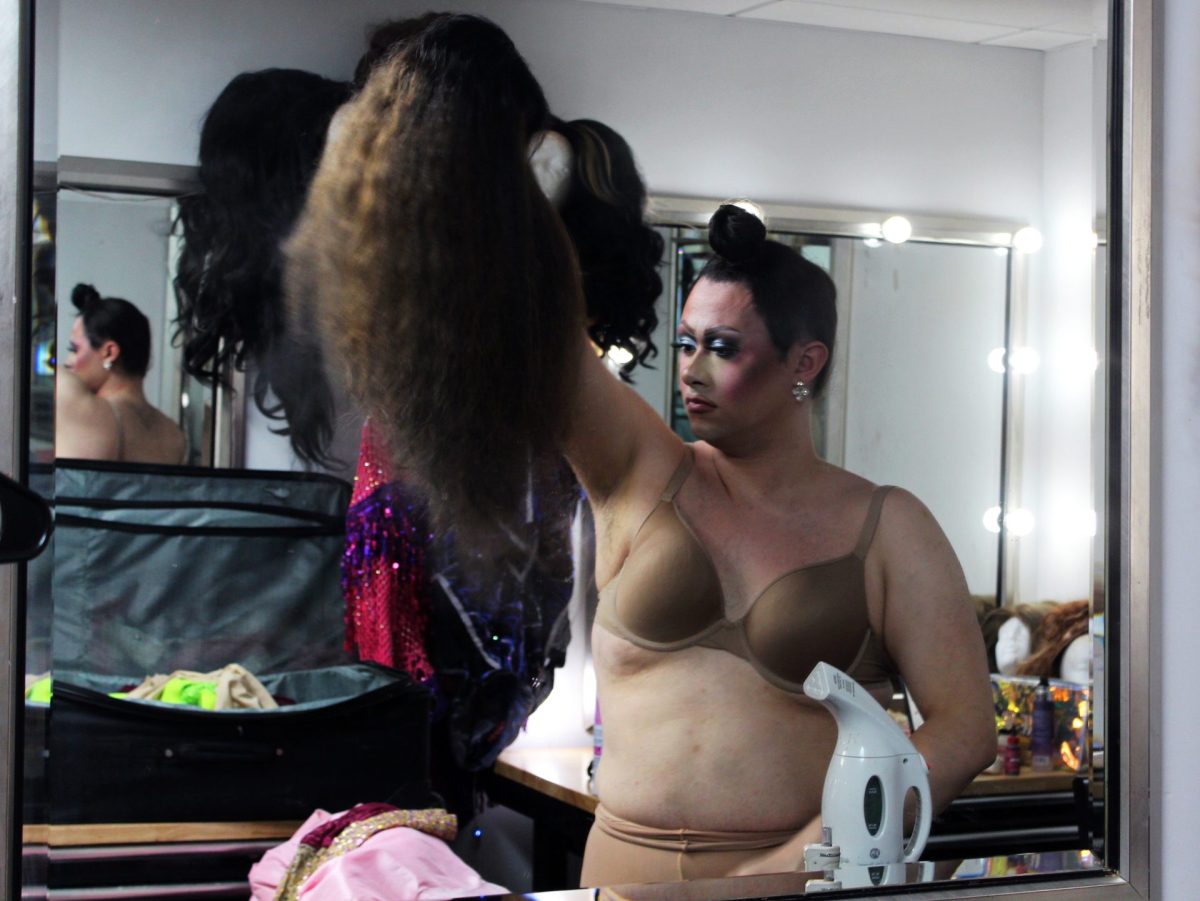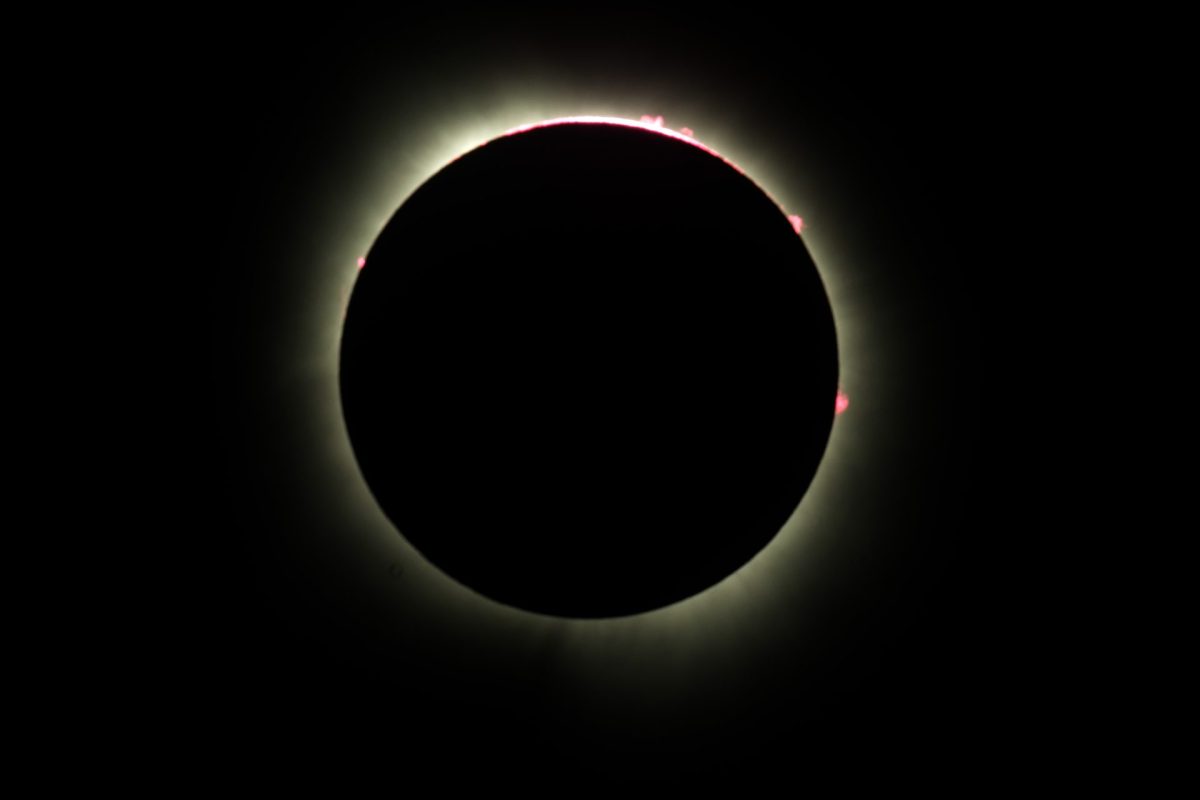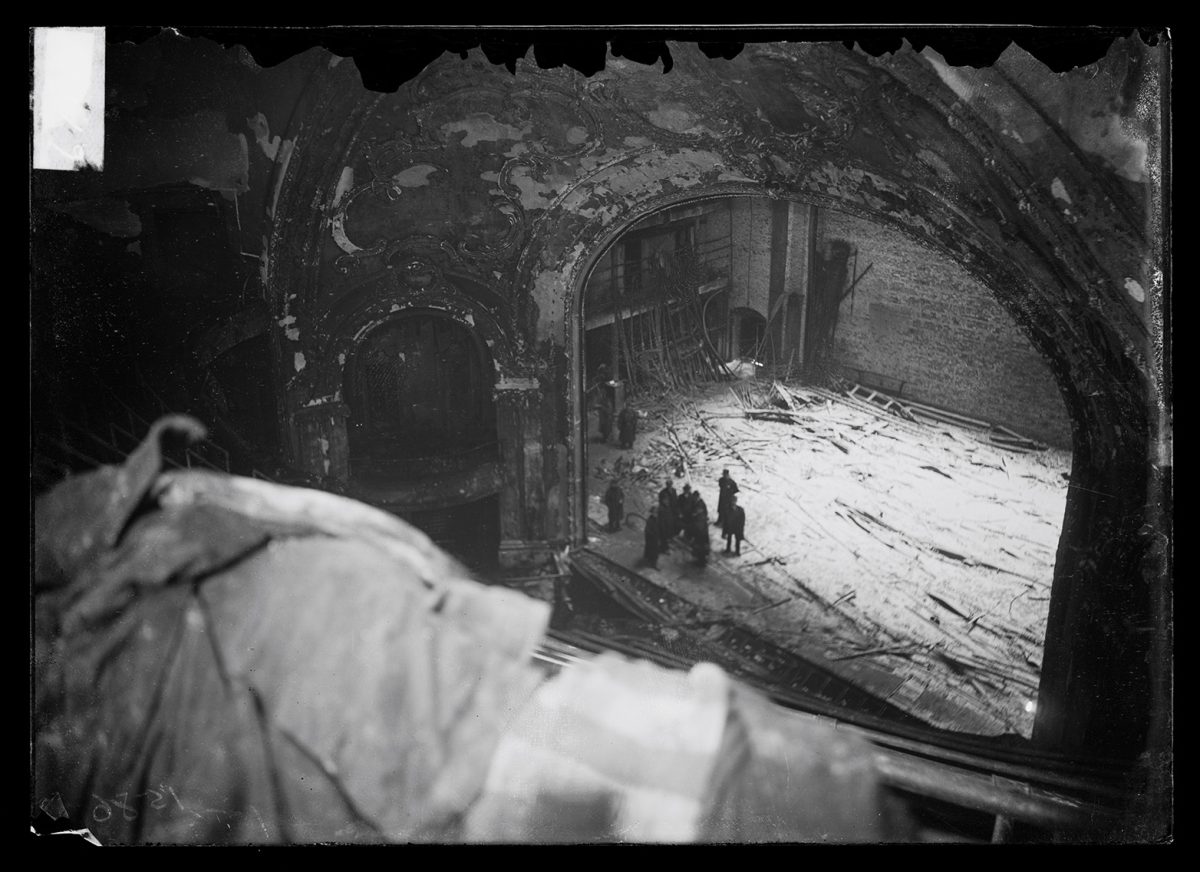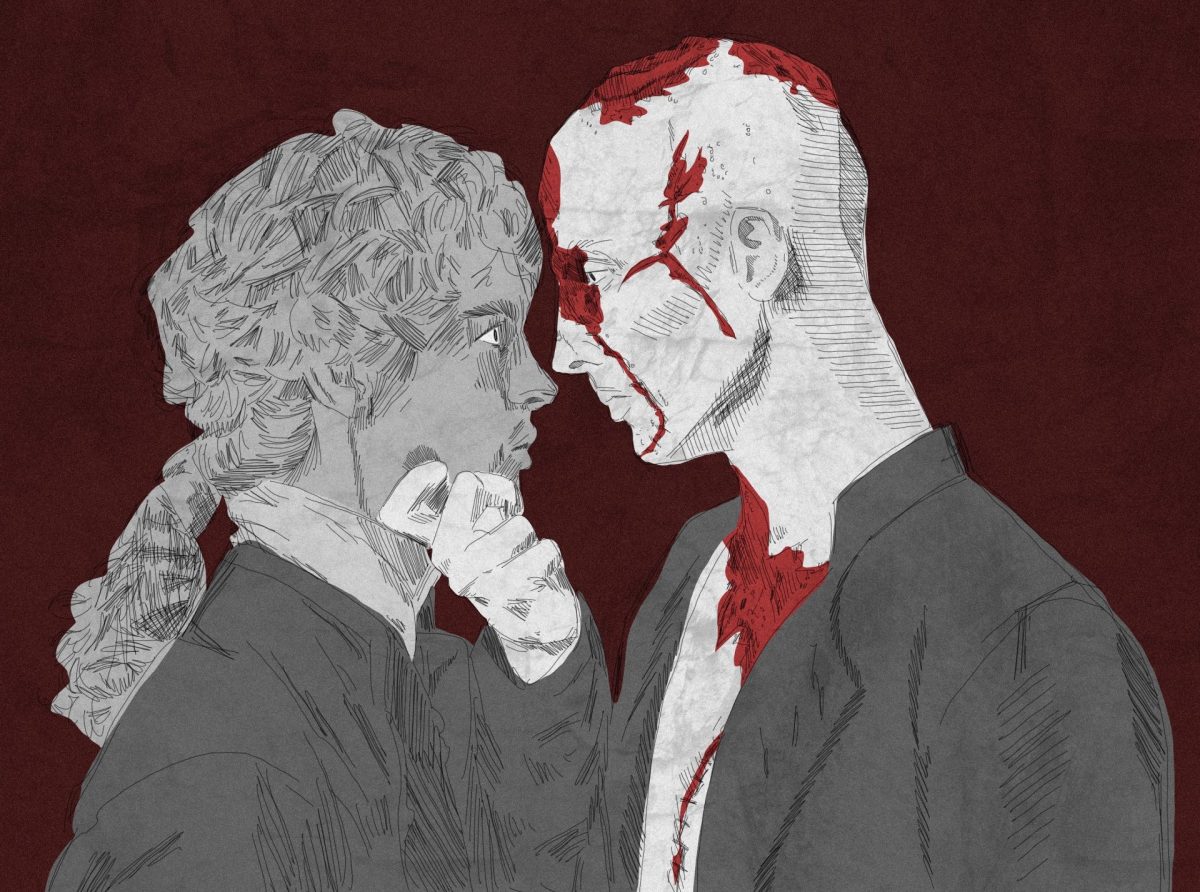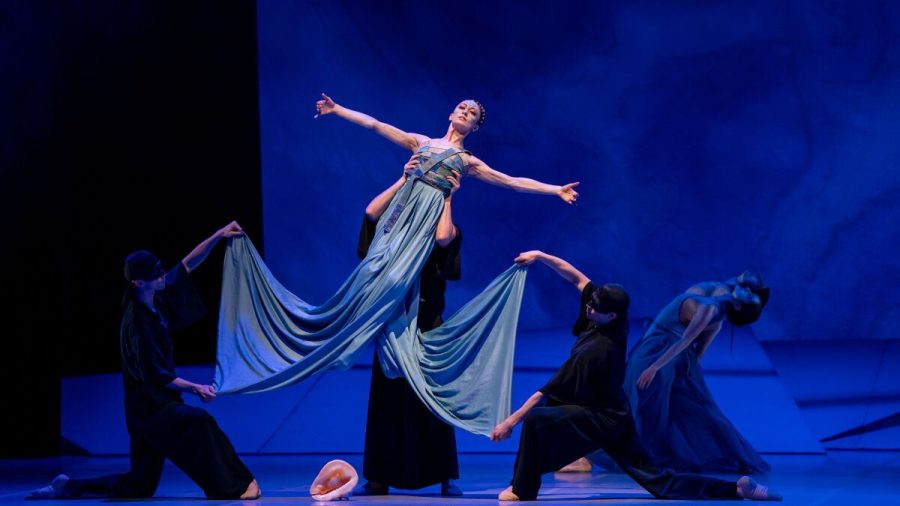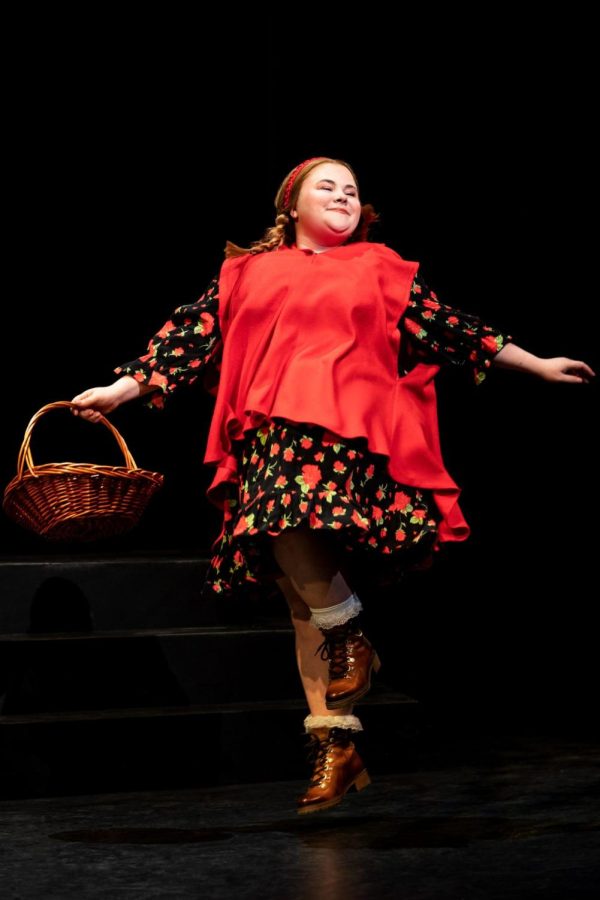
It is a Thursday evening at the Auditorium Theatre of Roosevelt University, and the hall is hushed by the white-clothed figure of a woman writhing under projected lights. Her every movement is a heart-wrenching but bewitching portrayal of anguish and defilement as the heroine — or victim — of the story “RAkU,” by Yuri Possokhov and presented by the Joffrey Ballet Company as the third act of their 2014-2015 season opener entitled “Stories in Motion.”
If there is one thing that is certain, it is that the Joffrey Dance Company determined the order of its performance according to the saying “save the best for last.” While the first two stories “The Prodigal Son” and “Lilac Garden” achieved moments of aesthetic appeal and intrigue, the truly remarkable, crowd silencing magic came from the impassioned tragedy of “RakU,” the story of a Japanese princess robbed of love by war and violated by one who should be holiness manifested.
All three stories are laced together thematically by tragic sensuality: “The Prodigal Son,” derived from the Biblical parable, emphasizes— if not showcases— the vixen closing in on her victim. “Lilac Garden” frolics in the web of forbidden and not yet forgotten love in the midst of an arranged marriage and “RAkU,” which follows the heartbreaking story of a beautiful Japanese princess, closes the curtains on the agony of a heartbroken ghost of a woman who falls victim to a violently desirous monk.
Despite the carrying motif of lust, each act was distinct in itself, effective in demonstrating the dynamic range of Joffrey’s dancers. The first act of “The Prodigal Son” resounded with strong, rhythmic patterns and angular movements, challenging the widespread perception that ballet only conceives the delicate and graceful. Even the siren, performed by Christine Rocas, who prowls on stage en pointe engages the object of her sexual advances with a sort of rigidness that sustains the rhythmic element of George Balanchine’s choreography.
The second act, “Lilac Garden,” can be likened to a lovely painting more than it could to a story. The enchanting design of Desmond Heely consisting of purple flowers painted on black lace blanketing the depths of the stage and the flowing Edwardian costumery creates a world certainly pleasing to the eye but rather dull in substance. Unfortunately, the redundant duet and solo dances make the melancholic love triangles in “Lilac Garden” underwhelming for something that could have been otherwise breathtaking. With frequent interruptive lapses in synchronization, the piece sadly was not performed to its full potential. The real talent showcased here, however, was no doubt David Perry crooning Chausson’s wistful Poeme.
In contrast, “RAkU,” which features the provocative choreography of Yuri Possokhov, would arguably be just as effective even without Shinji Eshima’s striking score. Each movement was close to flawless, with Fabrice Calmels and Victoria Jaiani demonstrating gravity defying strength in perfect grace. Furthermore, the dynamic of the dancers eradicated nearly all instances of disunity from earlier acts, achieving a far more engaging performance in which the strangely mesmeric contortions of both ensemble and solo routines became literally entrancing.
For “RAkU” alone, this performance is worth seeing it reminds one that a story need not be confined to words, written or spoken, and that beauty can be distilled from the most poignant of tragedies.


